US Modern Commemorative $5 and $10
Beginning in 1982, the United States government steadily produced a series of coins as part of the Mint’s Modern Commemorative Coin program. The first coin to debut in the series was a commemorative half dollar made to celebrate the first president of the United States. George Washington’s birthday was coming up and that year marked 250 years. The mint thought that would be the perfect occasion for a new coin and the debut of a series.

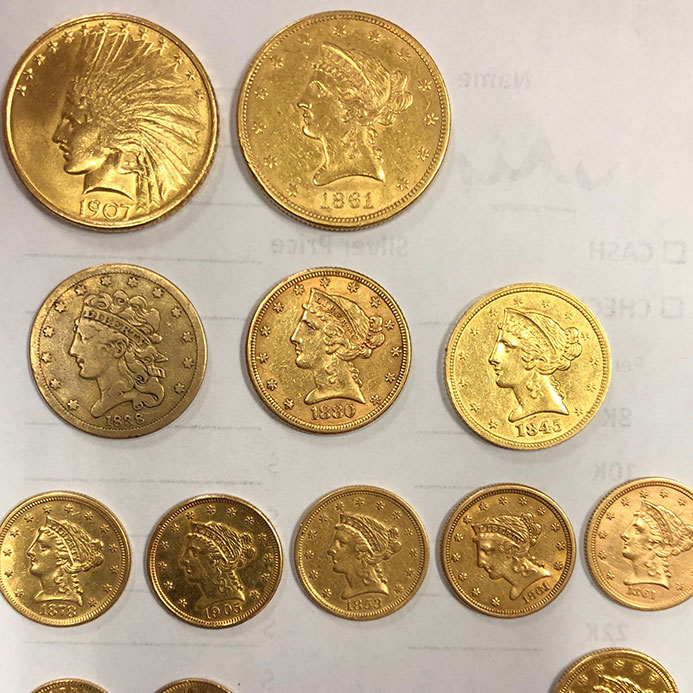
Specification
The $5 and $10 commemorative coins are similar to the gold half eagle and eagle coins in regard to specification. The gold half eagle and eagle are considered the classic circulating coins that are made of gold. They have a composition of more than 90% gold. Also, these coins have a net weight of .2418 ounces. The silver coins were made with the specifications of half dollars and silver dollars, which are, again, the most common circulating coins of that metal content. Half dollars were also made matching the specifications of copper clad in nickel – therefore, a much less valuable composition than the others.
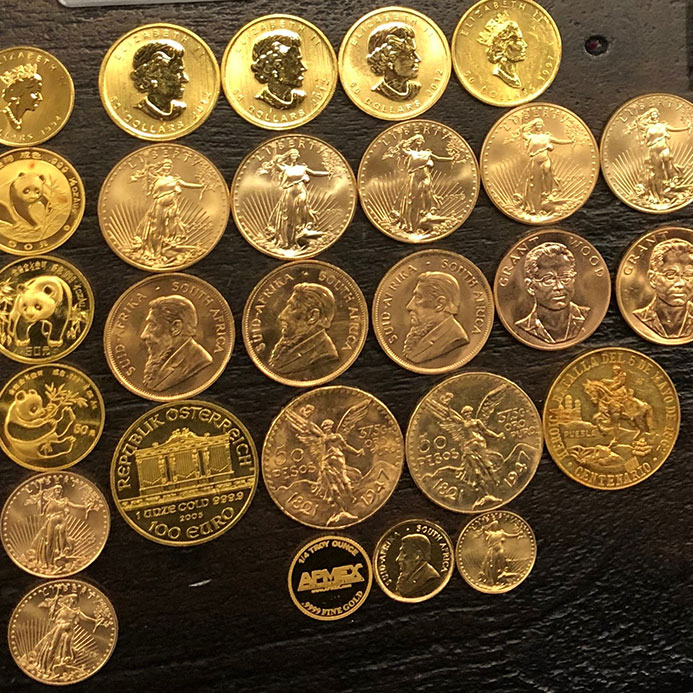
Why do Collectors Like Modern Commemorative Coins?
For forty years now, commemorative coins have been printed in the likeness of celebrities, politicians, famous Americans, important places in the United States, events, and institutions of significance. There have been a wide range of diverse designs printed during this series of coins. That’s why these coins are popular with collectors. Collectors are especially fond of coins that depict important people and important places. The American presidents and our founding fathers are always valuable figures when it comes to collectables – especially coins that are collected.
Congress has to give the say-so for each and every coin – an Act of Congress is what authorizes each printing. Specified in the Act are several important details, including the subject of the commemoration and the coin’s denomination. Congress also must approve the maximum authorized mintage for the coin.
Over the years, collectors have had their pick of many different coins. There are different figures featured, different denominations, different sizes, and different makes. These coins are seriously special. Collectors enjoy hunting for these coins because of each one’s uniqueness.
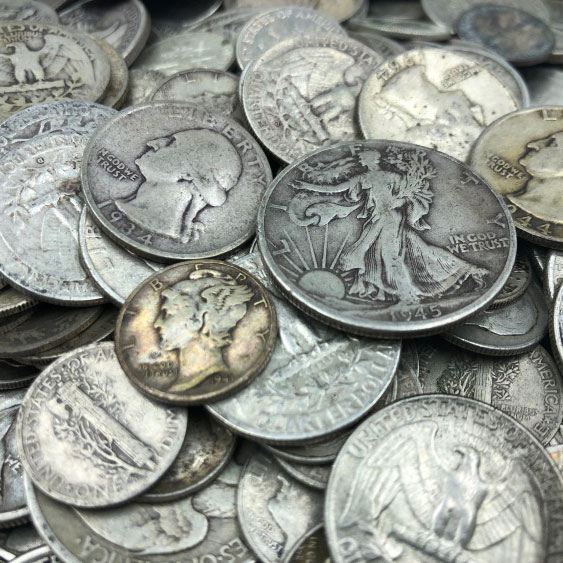
What is the Difference Between a Modern Commemorative Coin and Another Coin?
Commemorative coins are considered legal tender, but they aren’t made to be mixed in with general circulation. In other words, you can’t take a commemorative coin and pay for something at the food store with it. That isn’t the purpose of these coins. The United States Mint is very smart when it comes to these coins. The Mint markets the coins to the American public at fixed prices, set by the Mint through an Act of Congress. The price the public is charged takes several things into account. The design, minting, distribution – even marketing – are thought of when it comes to the price. Plus, the mint takes into account a surcharge that is given to beneficiary organizations and programs that are predetermined to benefit from the coin’s production. US commemorative coins, in part, go to help various community charities, charitable organizations, or community places.
The first month a coin is minted is especially great for collectors. That’s because the coins are usually offered at a discounted price. This is done to celebrate the coin’s debut to the public. It helps with marketing and it gets the public interested in purchasing that particular coin. Before the coin becomes popular, it is offered at a pre-issue price. After a time, the coin goes up to its natural price. The coin will remain at its regular price for the duration of the sales period. A commemorative coin isn’t produced by the mint for ten, twenty, or thirty years, the way some other coins are. Instead, commemoratives are usually available for a small, set period. Usually this period lasts for one calendar year, or slightly less.
How Popular are Modern Commemorative Coins?
When it comes to the popularity of Modern Commemorative Coins, especially the $5 and $10 coins, these coins are considered especially popular. Collectors want these coins for several reasons. That said, if the subject matter on the coin doesn’t really resonate with buyers, the coins that year could potentially flop. Also, trends in collecting are important, as is the price of precious metals. Coins produced in the 1980’s were especially popular, achieving super high sales levels, because at that time in US history, collectors were excited for new coins. There was a pent up demand for collectible coins – therefore, the coins would sell quickly. After the boom of the 1980’s, subject matter is what drove excessive sales. If the person on the coin was especially loved, those coins would sell quickly. If the coins weren’t interesting to people, they wouldn’t sell.
Higher than normal sales were made during several mints. As an example, the American Buffalo Silver Dollar, produced in 2001 was popular. So was the 2005 Marine Corps Silver Dollar. Those were both popular coins because people liked the subject matter. When the public likes the subject matter, the coins sell. The Mint is smart when it comes to knowing what’s going to sell and what people like. They have utilized minting techniques that are unique and special – plus, they’ve made special commemorative sets. Driving up demand for these coins is a matter of doing something different or special sometimes, and the Mint knows that. One great example of making things unique in order to sell better is the Baseball Hall of Fame coin, produced in 2015. This coin features a special domed shape, which was considered innovative back in 2015 and is still innovative to this day.
Customer Testimonial

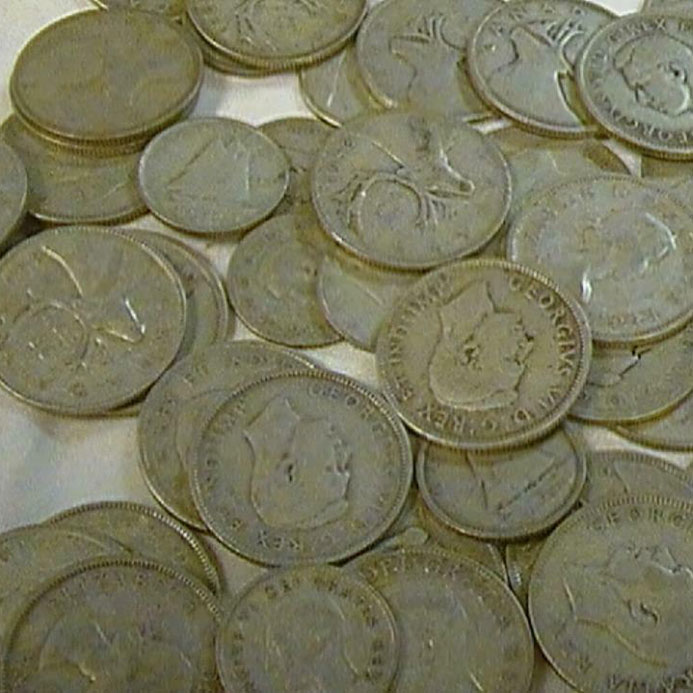
Can I sell my Modern Commemorative Coins?
When it comes to Modern Commemorative $5 and $10 coins, the answer is “Yes.” You can absolutely sell these coins. They are great to buy and great to sell. Again, the subject matter really makes a difference with these coins. The Mint was usually pretty good with creating a buzz about the subject matter, but not every coin produced was a home run. Some coins are less collectable than others, and that’s what you need to know when selling these coins. The best bet is to work with a responsible dealer who knows what to look for and can get you the best value for your coins. Remember, these coins are valued for their commemorative value and for their metal content. Even though these coins are from 1982 and later, they also hold historical value because of the subject matter of the coins. That’s important too when weighing the value of these coins.
Can I purchase a Modern Commemorative Coin?
Absolutely. These coins have great investment potential. You’ll get the best deal by working with a known buyer – someone that knows what they’re doing and is fair and honest. You not only want to get a good price when you’re purchasing a coin, you also want to make sure you’re being sold a valuable coin. In the world of commemorative coins, value is in the condition of the coin, as well as the actual coin, who is on it, what year it was produced, and etc. Work with a dealer that knows what good coins look like and you’re in luck.
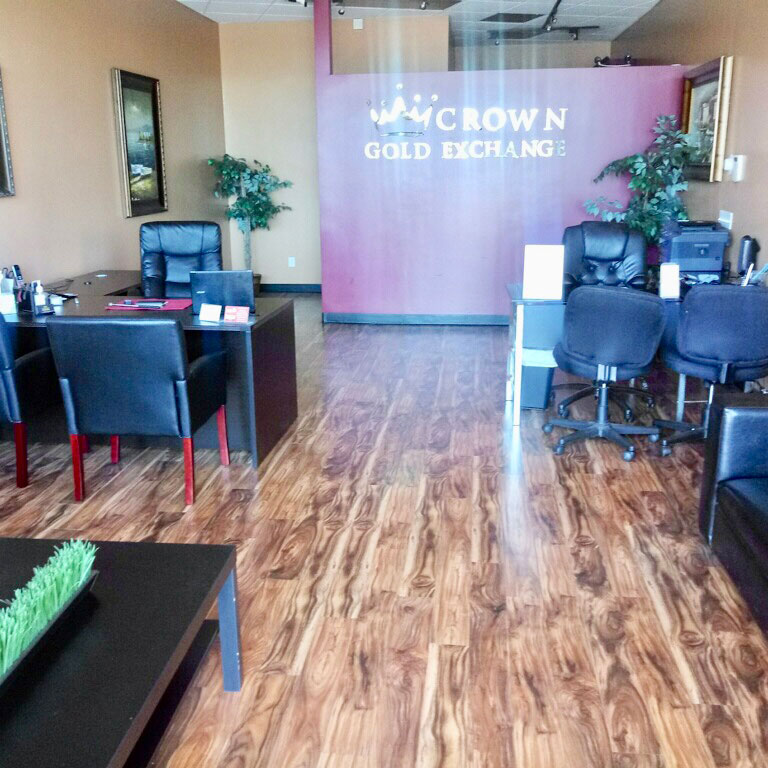
Choose Crown Gold Exchange
Crown Gold Exchange holds the utmost respect for you and your valuables. When you visit one of our locations, we make sure that you feel welcome, and that your property is protected. We use industry-standard equipment to ensure accurate measurement of your valuables, and we have a special process to keep your valuables safe. Our accuracy enables us to offer you top dollar, and we have several different payment methods available for your convenience, so you won’t be waiting around to get paid.
Crown Gold Exchange will purchase any kind of gold you bring us, including 8-karat, 10-karat, 14-karat, 18-karat, 21-karat, 22-karat, 24-karat, or anything else. We buy gold bars, gold bullion, gold jewelry and some gold plated items like pocket watches. If you happen to be in possession of an exclusive piece made by a top gold designer such as Cartier, Tiffany, Rolex, or Patek Philippe, we will often pay more than the weight of the item. Such special pieces often command a higher price on the secondary market due to their superior craftsmanship
BUYING YOUR GOLD, SILVER, DIAMONDS AND COINS SINCE 2010
She explained everything to me and it made me feel very comfortable.
Sloane
Crown Gold Exchange Customer
